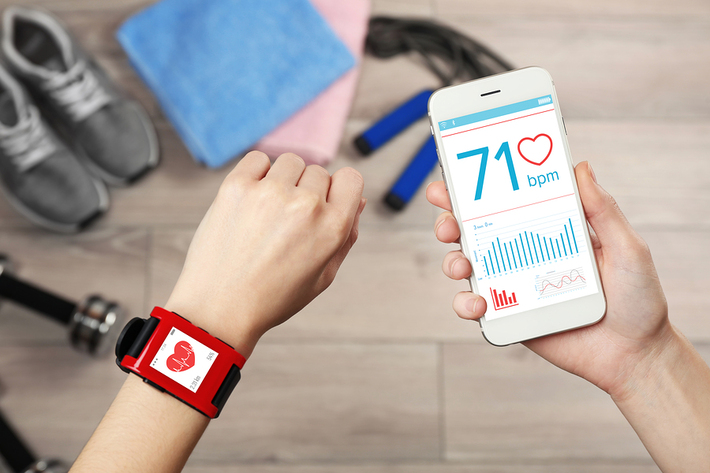In 2014 a woman sued a Manhattan gym for $1 million because she was blinded when an exercise band snapped and hit her in both eyes. In 2011, a man sued a California gym and one of its personal trainers after having a heart attack during a training session; he alleged that they should have determined he was out of shape and at risk. In 2016, a man was accused of attempting to rape a woman inside a gym locker room.
The takeaway for fitness business owners? The members of your gym community are vulnerable to many different kinds of safety issues. Read on for a closer look at tips for keeping them — and your bottom line — safe.
The Safety Imperative
“All employees have a legal ‘duty of care’ to ensure the health and safety of their staff. This duty of care also requires the employer to ensure that people (other than employees) are not exposed to health and safety risks arising from the operation of the business,” says risk management firm Risk Logic in its guide, “Safety First: A Work Health and Safety Guide for Fitness Businesses.”
What does this mean, exactly? Risk Logic also delineates the responsibilities of today’s fitness businesses, including:
- Maintain a safe working environment and working conditions
- Ensuring the safe use, handling, transport, and storage of equipment
- Implementing and maintaining “systems of work” to ensure workplace safety, such as policies and procedures
- Providing the necessary information, instruction, training and supervision for employee safety
- Providing adequate facilities for employee safety
- Implementing risk management procedures designed to identify, assess, control and monitor potential workplace hazards
- Ensuring that appropriate employee consultation mechanisms are in place
- Ensuring that issues are adequately reported with systems in place to facilitate the return to the workplace for injured employees
While the points above are focused on employee safety, fitness businesses are also responsible for the safety of their members and any visitors. The good news? Many of the measures used to safeguard employees seamlessly carry over to members.
Risk Logic also highlights the importance of individualized training. In addition to screening new members before working out, personal trainers should customize fitness programming to meet the unique needs of each client. Heart rate training is a simple yet significant way to make sure clients are meeting goals without overdoing it while working out. The best part? The latest fitness monitoring technology, including heart rate monitors, make it easier than ever.

10 Safety Measures for Fitness Businesses
Today’s fitness businesses have many things to consider when it comes to protecting their community members. While not inclusive, the following 10 steps are a great place to start when it comes to accident- and injury-proofing your gym or health club.
1. Establish minimum qualifications for all staff, and check these qualifications before hiring.
2. Have all members/clients complete a pre-exercise screening questionnaire to identify risk. Require members to sign liability waivers.
3. Ensure that all equipment is in good working order at all times with routine servicing by qualified personal and weekly inspections. Remove and/or dispose of defective equipment immediately.
4. Have a first aid kit and accident and incident report forms readily available and accessible.
5. Eliminate trip/slip hazards by keeping things off the floor, ensuring that carpets and floors are in optimal condition, avoid extended power cords whenever possible, secure electrical cable that might otherwise extend into walkways, regularly assess potential trip hazards.
6. Ensure adequate lighting in all areas.
7. Provide guidance to all members in the use of gym equipment, and monitor use for new members. Provide drinking fountains and adequate ventilation.
8. Limit the number of people in classes to ensure adequate space for exercise and activities.
9. Designate emergency exits and evaluation procedures.
10. Develop procedures to minimize risk to people working or working out late at night or early in the morning.
One last thing to keep in mind? In today’s competitive fitness industry, finding an edge when promoting your facility can help you stand out from the rest. Focusing on safety — both on the gym floor and as part of your gym marketing strategies — is a win-win in that it both distinguishes your business while helping you best serve the members of your community. To learn more about how the Accurofit System can help you reach these objectives, download the catalog today.
